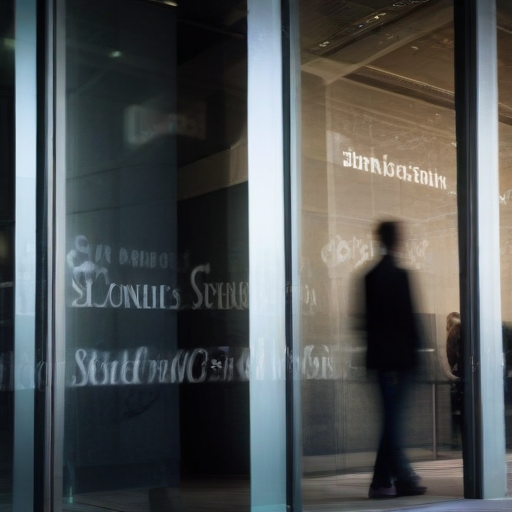Amidst rising interest rates that have reached levels not seen in over two decades and persistent inflation affecting consumers, major banks are bracing for potential challenges in their lending activities.
In the second quarter of this year, leading financial institutions such as JPMorgan Chase, Bank of America, Citigroup, and Wells Fargo increased their provisions for credit losses compared to the previous quarter. These provisions, money set aside by banks to mitigate losses from credit risks like bad debts and defaults on lending, serve as a financial safeguard against anticipated economic uncertainties.
For instance, JPMorgan allocated $3.05 billion for credit loss provisions, Bank of America set aside $1.5 billion, Citigroup ramped up its allowances to a significant $21.8 billion—more than triple its previous reserve, and Wells Fargo reported provisions of $1.24 billion.
These increased reserves indicate that banks are preparing for a potentially riskier financial landscape, where defaults on both secured and unsecured loans could rise. A recent report from the New York Fed highlights an astonishing total of $17.7 trillion in household debt, encompassing consumer loans, student loans, and mortgages across the nation.
The surge in credit card issuance, along with rising delinquency rates, underscores consumer reliance on credit as pandemic-era savings dwindle. Credit card balances reached $1.02 trillion in the first quarter of this year, marking the second consecutive quarter exceeding this trillion-dollar threshold. Commercial real estate (CRE) loans remain particularly vulnerable as well.
Experts emphasize that the current credit provisioning strategies reflect banks’ expectations regarding future economic conditions rather than immediate trends. Mark Narron from Fitch Ratings points out, “The provisions that you see at any given quarter don’t necessarily reflect credit quality for the last three months; they reflect what banks expect to happen in the future.”
The prevailing sentiment among these banks is cautious optimism, as they anticipate slower economic growth and rising unemployment but do not predict an immediate consumer crisis. Citi CFO Mark Mason noted that while the overall resilience of the U.S. consumer persists, there’s a stark difference in financial stability among different income brackets. Lower-income consumers are increasingly burdened by inflation and interest rates, leading to rising delinquency rates in this demographic.
Despite these challenges, some analysts indicate that the foundation of the banking sector remains sound, bolstered by strong revenues and profit margins. While higher interest rates are expected to exert pressure on consumers, particularly those who have not benefited from fixed-rate loans, the strength of the banking sector offers a glimmer of hope.
Going forward, the financial industry is urged to stay vigilant as they navigate these economic headwinds. For consumers, particularly renters facing soaring rents and limited wage growth, understanding the landscape of debt and credit will be crucial in managing financial challenges. The resilience shown by the banking sector amid these uncertainties suggests a capacity to adapt, fostering a positive outlook for the future.
In summary, while rising interest rates and inflation pose significant risks, both banks and consumers are currently adapting to these pressures, suggesting potential avenues for recovery and stability moving forward.
